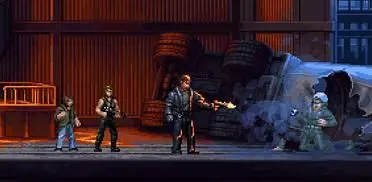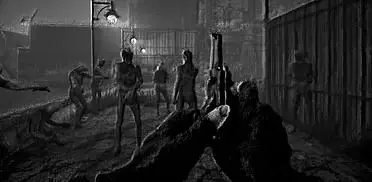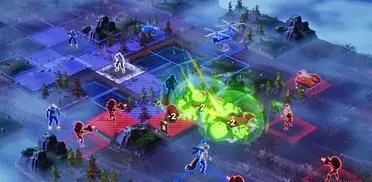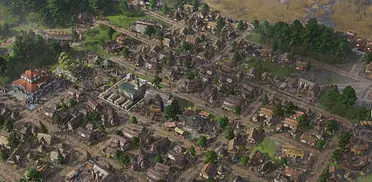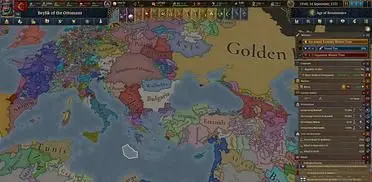To look at screenshots of Last Days Of Old Earth you’d get a fairly complete idea of what the game is like to play. With a 4X-style hex-grid with resources to collect and military units to move around, the likes of Civilization or Might & Magic might spring to mind.
Then there’s the card system, a set of card decks that you can utilise to build your armies and guide them into battle with the enemy. Here combat favours more traditional turn-based strategy elements. But while that might seem like the case, a closer reference would actually more likely be board games like Carcassonne. The strategy involved is very similar, and it’s a game that runs on such a strict set of rules. Dice rolls affect practically everything, from damage dealt in battle to the initiative at the start of a turn - and if that doesn’t scream ‘board game’, we don’t know what does.
Initiative is particularly important, though, since the player with the highest initiative receives 12 Action Points in a turn rather than 8, meaning you’ll be able to take more actions in that turn than your opponent. And since it’s possible to influence your initiative by ‘buying’ more dice with resources you have, there’s a good deal of strategy involved in deciding when you should push for a higher initiative and when you can risk letting your enemy win a set of rolls. That board game sensation is strong here - though admittedly it absolutely couldn’t work as a physical release. That’s because of all the intricate systems that are influencing one another.
You’ll need to head out into the world - initially with just a scout - and search for resource nodes. There aren’t many, this is a dying world after all, and ensure you keep onto them. In that sense it feels much more like Advance Wars than Civilization. There is no building construction outside of outposts (to extend your faction’s controlled space) or collectors to gather up those all important resources. It’s pared back in that sense, but doesn’t seem to lose any of the deep strategy in the process.
The challenge comes in protecting your disparate resource collectors while simultaneously building an army to take on the enemy HQ. Multiplayer will make this considerably more compelling, with a broader range of danger from all sorts of opportunities.
As for the card game elements, well it’s not quite as involved in the whole experience as you might think. Combat is resolved in a turn-based scenario that is more typical of a strategy game than a card game: one unit action per turn, with smart use of abilities and attack order playing a huge part in your success.
Those armies that you use to fight, however, are created via cards, each of which you must first draw from your deck with action points. This is the only randomised element of the game, but doesn’t - at the moment - seem to suffer from the negativity of a run of poor draws like something like Hearthstone might. Again, it’s more like a board game in that sense, like picking up a Chance in Monopoly, for example. You’ll need to be smart about how you use these cards, though, since it’s about building the strongest armies you can.
There’s no deck building just yet in Last Days Of Old Earth, but this and more features - such as a single-player campaign - are set to be added into the game over the coming months. There’s a lot of promise with the game though, and you might want to consider giving it a look - at least once deck building has been added.



